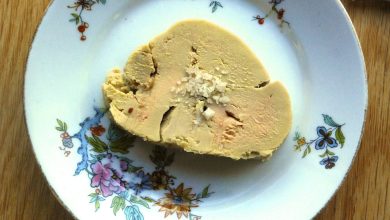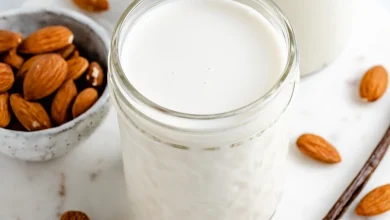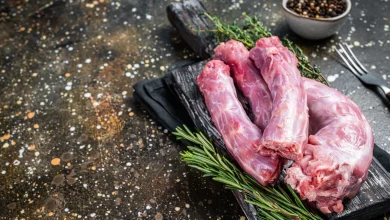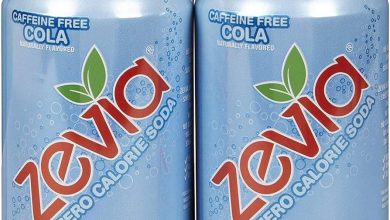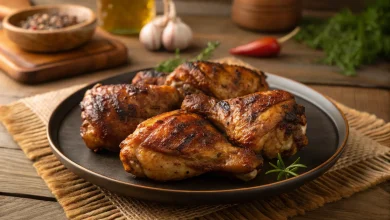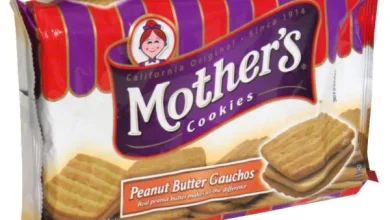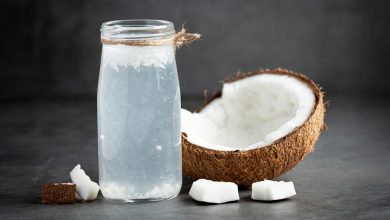Soy (Partially Hydrogenated) Palm Oil for Icings and Fillings
This type of oil is primarily used in the production of icings and fillings, providing a smooth texture and long shelf life. The partially hydrogenated soy and palm oil combination is highly valued for its stability and ability to withstand temperature fluctuations, making it ideal for baked goods and confectionery products. Although this oil contributes significantly to the overall consistency and mouthfeel of icings, it is important to be mindful of its fat content, particularly the high amount of saturated fats.
Nutritional Information per 100g
| Nutrient | Value |
|---|---|
| Energy | 884 kcal |
| Protein | 0.0 g |
| Total Fat | 100.0 g |
| Saturated Fats | 28.42 g |
| Carbohydrates | 0.0 g |
| Fiber | 0.0 g |
| Sugar | 0.0 g |
| Calcium | 0.0 mg |
| Iron | 0.0 mg |
| Magnesium | 0.0 mg |
| Phosphorus | 0.0 mg |
| Potassium | 0.0 mg |
| Sodium | 0.0 mg |
| Zinc | 0.0 mg |
| Copper | 0.0 mcg |
| Manganese | 0.0 mg |
| Selenium | 0.0 mcg |
| Vitamin C | 0.0 mg |
| Thiamine | 0.0 mg |
| Riboflavin | 0.0 mg |
| Niacin | 0.0 mg |
| Vitamin B6 | 0.0 mg |
| Folate | 0.0 mcg |
| Vitamin B12 | 0.0 mcg |
| Vitamin A | 0.0 mcg |
| Vitamin E | 8.1 mg |
| Vitamin D2 | 0.0 mcg |
Allergen Information
This product contains soy and palm oil, which are common allergens. There are no significant traces of dairy, gluten, or nuts; however, individuals with soy allergies should avoid it.
Dietary Preferences
- Vegan: Yes
- Vegetarian: Yes
- Gluten-Free: Yes
- Dairy-Free: Yes
- Nut-Free: Yes
Advice
Although this oil provides a desirable texture for icings and fillings, it is high in saturated fats. It is best used in moderation, particularly for those mindful of their fat intake. For healthier alternatives, consider oils with a better balance of unsaturated fats such as olive or avocado oil. When using in recipes, balance with other wholesome ingredients to create a well-rounded dish.



